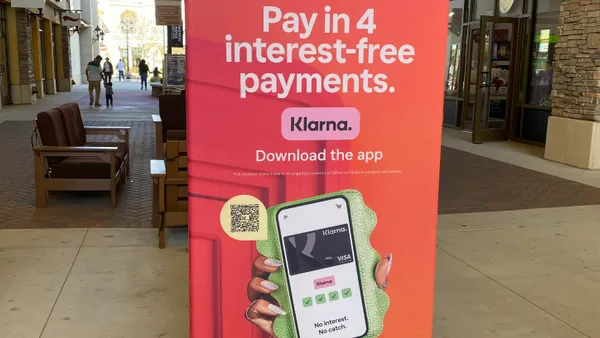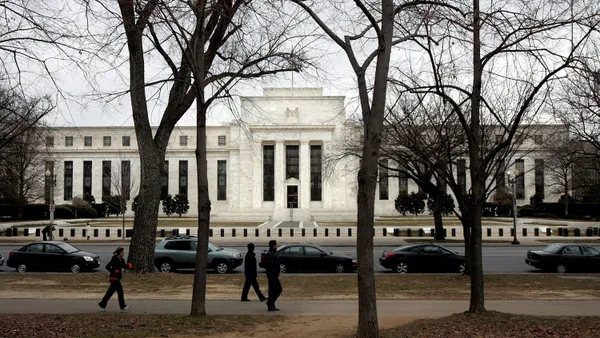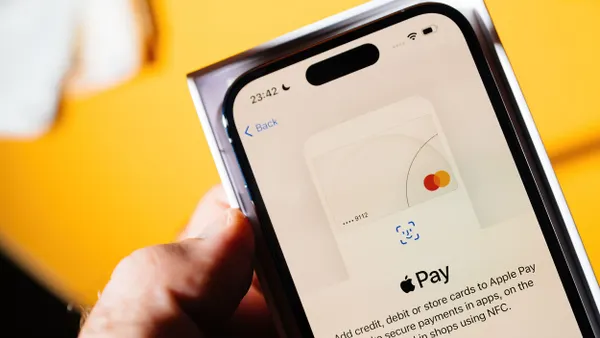Shailesh Kotwal is vice chair of payment services at U.S. Bank and he has been working in the payments and financial services sectors for 30 years.
The global pandemic accelerated many things, including our behavior and comfort level in a cashless society, and there is no slowing down now. The future of payments is one where we never think about the need to make a payment, at all. The next great payments leap is not further into digital or connectedness, but into invisibility.
As we work to remove payments pain points, we're excited about how this development will unlock value for both consumers and finance leaders at companies.
For years now, banks and fintechs have been aggressively advancing digital technology to make payments instant, connected and embedded, and have, to a point, succeeded. Consumers can pay with technology that can be as simple as the swipe of a phone or a smartwatch, and already we are seeing cases where you can pay with just your palm or even your eyes. Businesses can connect multiple systems into one dashboard with data that inform operations and provide insights that drive growth. Real Time Payments (RTP) is making it all faster.
The convenience for consumers and businesses is clear. Payment processes that were previously more visible, in the sense of requiring inconvenient manual inputting or interfaces between systems, are now trending towards faster and less visible alternatives. Although prices and records of what's purchased should always be visible to both consumers and businesses, the process of paying for it may not be.
However, invisibility also requires seamlessness. There will be less tolerance for time-consuming or uneven interfaces between systems. Companies will want to consolidate their relationships with payments providers and do more business on a single platform. Rather than work with several niche fintechs, we see companies converging towards banks that can import the best technology and handle multiple aspects of the payment ecosystem, in addition to a full range of other financial needs such as deposit accounts and the provision of credit.
Take restaurants, for example. In the past, owners would have to juggle multiple systems to take payments from customers, pay their vendors, manage menus, keep inventory stocked, maintain employee schedules and facilitate payroll. Customer payments collected throughout the day were deposited in batches days later, seldom on the weekends.
Today, particularly as a result of COVID-19 forcing radical changes to everyone’s behavior, systems are increasingly integrated.
• Menus are available digitally so customers can order from anywhere and pay remotely.
• Servers take orders digitally, through self-serve, a QR code, or with a tablet at the table.
• Data insights inform inventory supply, customer loyalty offers, payroll and scheduling.
• Payments collected throughout the day can be deposited in hours (not days) and on weekends.
• Employees and suppliers can be paid quickly and accurately.
But this incredibly digital, connected future still has rough edges that need smoothing. Platforms don’t talk effectively to one another, and still have too much complexity as companies strive for still more simplicity. Everything from accepting payment from a customer and matching that payment with the correct invoice, to paying employees and vendors faster, with no mistakes or disruption – it's all coming together and will continue to improve over time.
The next great evolution will see payments fully disappear into simplified, holistic commerce platforms. It will be here faster than you think. We’re seeing a rapid adoption of these new digital capabilities by businesses of all sizes and industries, including retail, auto, healthcare and transportation. These industries are looking for payments and banking to integrate with their systems, to maximize efficiency and growth.
As adoption increases and these capabilities mature, consumers and businesses will experience new conveniences. They will be in control of cash flow, and confident in what they can see and do for themselves.
Payments – the act of moving money from one person or place to another – will fade into the background. Soon, payments will become – and, in many ways, must become – invisible.












